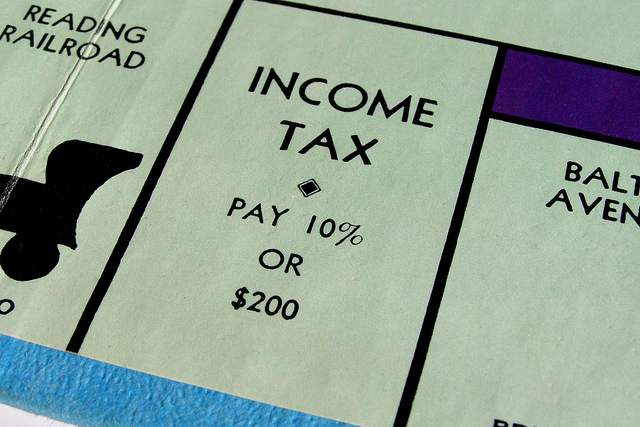
Canadians will be interested (though probably not happy) to know that this year marks the 100th anniversary of the federal income tax. Conservative Finance Minister Sir Thomas White introduced it for debate July 25, 1917, three years into the First World War, just days after Parliament adopted compulsory military service. What conscription did for young men the income tax was to do for wealth.
Conventional wisdom says the tax was to be temporary. In fact, Sir Thomas said only that he hoped Parliament would consider it again after the war ended. Parliament did consider it. And we’re still paying.
The tax started as a levy on the very richest Canadians. In the early years, as few as one in 50 people paid. As late as 1938, only 2.3 per cent did. Now three-quarters of Canadians file returns, if only to take advantage of such benefits as the refundable GST credit.
TOO HIGH?
Our top rate used to be middle-of-the-road in the G7. After last year’s federal budget, Ontario’s top rate of 53.5 per cent is below only Japan’s and France’s. Of the top 10 marginal tax rates in North America, seven are in Canadian provinces. B.C.’s lowest-in-Canada top rate of 47.7 per cent is higher than in 42 U.S. states. And top rates for U.S. states start at over $500,000, in some cases almost $1.5 million. In most provinces, by contrast, the top combined federal-provincial rate starts at $200,000.
TOO IMPORTANT?
Ottawa and the provinces together get more than a third of their revenues from income tax. The average OECD country gets less than a quarter. Only four of 35 OECD countries (the U.S., Australia, New Zealand and Denmark) rely on income taxes more than we do.
TOO COMPLEX?
The 1917 income tax act comprised just 3,999 words and was only 10 pages long if you put it on a standard Microsoft Word page with 11-point font. The latest version contains more than a million words and takes up 1,406 such Word pages.
TOO COSTLY?
Just filling it out your taxes, or paying someone else to fill them out for you, now averages more than $500 a family in time and outlay. And that cost is regressive — a higher share of income for poorer than richer people.
Then there’s the economic cost from distortions in effort, investment, saving and education because of high marginal rates. Bev Dahlby of the University of Calgary estimates that in all provinces except Alberta a dollar of new income tax revenue creates more than a dollar of economic cost, so that the total cost exceeds $2 per every new dollar raised. In Ontario, the cost is almost $7 for every new dollar of revenue raised.
After 100 years it’s likely time for a change.